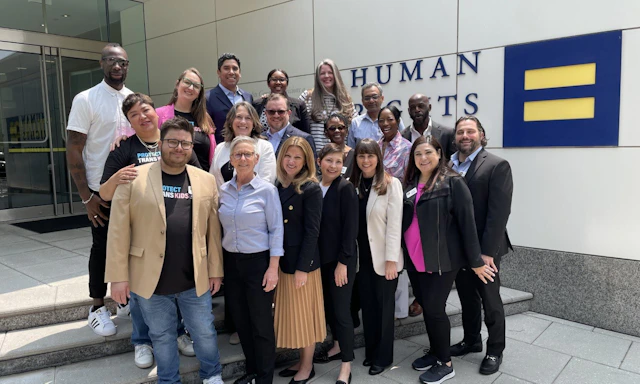
Resources for Youth-Serving Professionals

The Youth Well-Being program at HRC Foundation has compiled the following resources to support the professional development of youth-serving professionals in affirming LGBTQ+ youth.
The information about providers and services contained on this website does not constitute endorsement, sponsorship, or recommendation by HRC or HRC Foundation.
Youth & Family Programs from HRC Foundation

Resources from the Human Rights Campaign
LGBTQ+ Youth: How to Help Yourself or a Friend (HRC + Child Mind Institute + Project UR OK)
SChool Resources for COVID-19
Additional Resources for Youth-Serving Professionals
- The US Department of Health and Human Services:
Child Welfare Information Gateway - Resources for Families of LGBTQ+ Youth
Head Start Early Childhood Learning and Knowledge Center - Creating a Welcoming Early Childhood Program for LGBTQ+-Headed Families
- Advocates for Youth:
AMAZE - Sexual & Relationship Education Resources and Videos
American Association of School Librarians (AASL) - Defending Intellectual Freedom: LGBTQ+ Materials in School Libraries
American School Counselors Association - Support LGBTQ+ Students Resource
Campus Pride - Career Connect
Centers for Disease Control and Prevention - LGBTQ+ Youth Resources
Health Resources and Services Administration - Mental Health and LGBTQ+ Resources for Kids and Families
Mental Health America - LGBTQ+ Mental Health Resource Center
National Association of School Psychologists - LGBTQ+ Youth Resources
National Education Association - Defending the Freedom of Our LGBTQ+ Students to be Themselves
- Topics:
- LGBTQ+ Youth
Love conquers hate.



